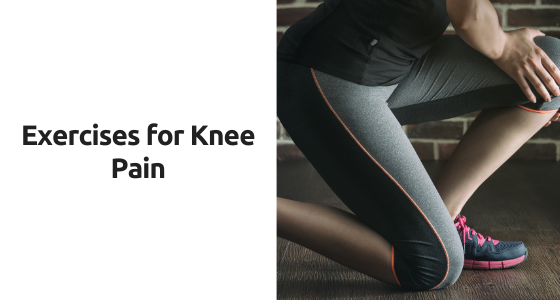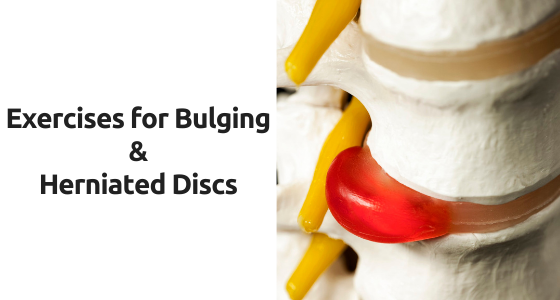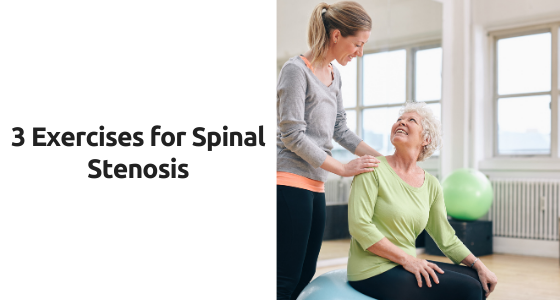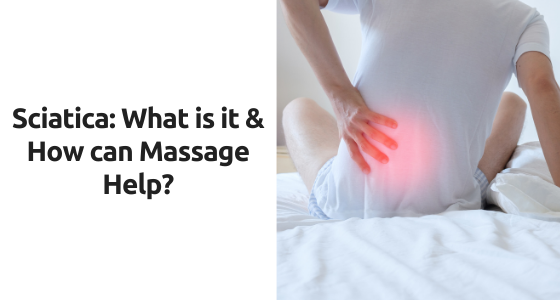Exercises for Knee Pain
Did you know that 18 million people each year see a doctor for knee pain? While there are a larger number of people who experience knee pain as they get older, there are quite a few causes that have nothing to do with age. Runner’s knee (which also affects those who participate in activities that require repetitive bending), Osgood-Schlatter disease (which is found in children & adolescents), chondromalacia patella (the softening and breakdown of the cartilage on the underside of the kneecap), and osteoarthritis are all common causes of knee pain. While in some situations, surgery is a necessity, there are certain exercises you can perform to help strengthen your knees as well as keep pain at bay.
Exercises for Bulging & Herniated Discs
Bulging and herniated discs tend to happen as a completely normal part of aging. While some can be caused by poor posture and movement patterns or injury to the spine, most cases are just what happens as we get older. A bulging disc occurs when the entire disc “bulges” out of its normal space. A herniated disc is when the outer portion of the disc thins and allows part of the inner structure of the disc to push out of the normal disc space. These conditions don’t necessarily translate into a painful or even noticeable condition, but if it does, patients can experience pain, numbness, and tingling within the low back, hip, and down the leg as well as a loss of range of motion depending on the nerve(s) being compressed.
3 Exercises for Spinal Stenosis
If you’re not familiar with it, spinal stenosis is a narrowing of the spinal canal – the space that contains the spinal cord. This is most often caused by degenerative changes; some sort of normal shift or loss that occurs over time, such as with herniated discs, arthritic changes, compression fractures, etc. This stenosis, or narrowing of that space, can put pressure on the nerves that travel through the spine. The two most common places for this to occur are in the neck (cervical stenosis) and the low back (lumbar stenosis). Most often, stenosis can begin with little to no sign that anything is wrong. Progression of symptoms happens over time as the stenosis worsens. The most common symptoms include numbness, tingling, and weakness of the limbs and in some severe cases, organ function may be affected as well.
Sciatica: What it is & How can Massage Help?
The sciatic nerve branches from your lower back through your hips and buttocks and down each leg. Sciatica is a condition that occurs when this nerve, which happens to be the largest nerve in the body, is irritated or inflamed, causing pain, tingling, and/or numbness. These sensations are felt along part or all of the nerve path and most often starts in the low back or the buttock and travels down the outer leg, sometimes all the way down to the foot.




